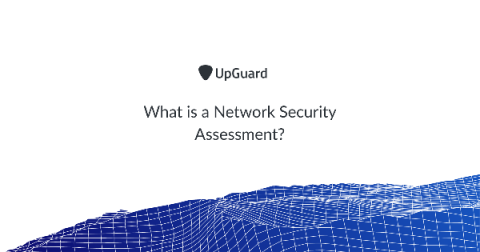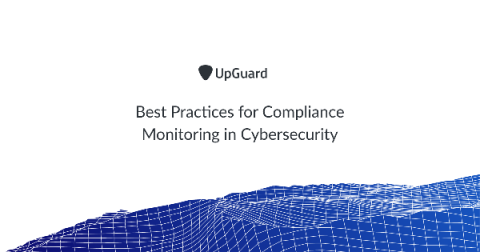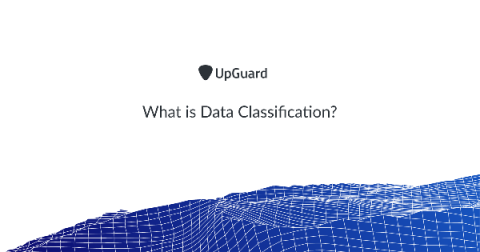What is Zero Trust? A Model for More Effective Security
Zero Trust is an information security model that does not implicitly trust anything inside or outside its network perimeter. Instead, it requires authentication or verification before granting access to sensitive data or protected resources. Zero Trust was coined by John Kindervag at Forrester Research in 2009. Zero Trust security provides visibility and security controls needed to secure, manage, and monitor every device, user, app, and network.











